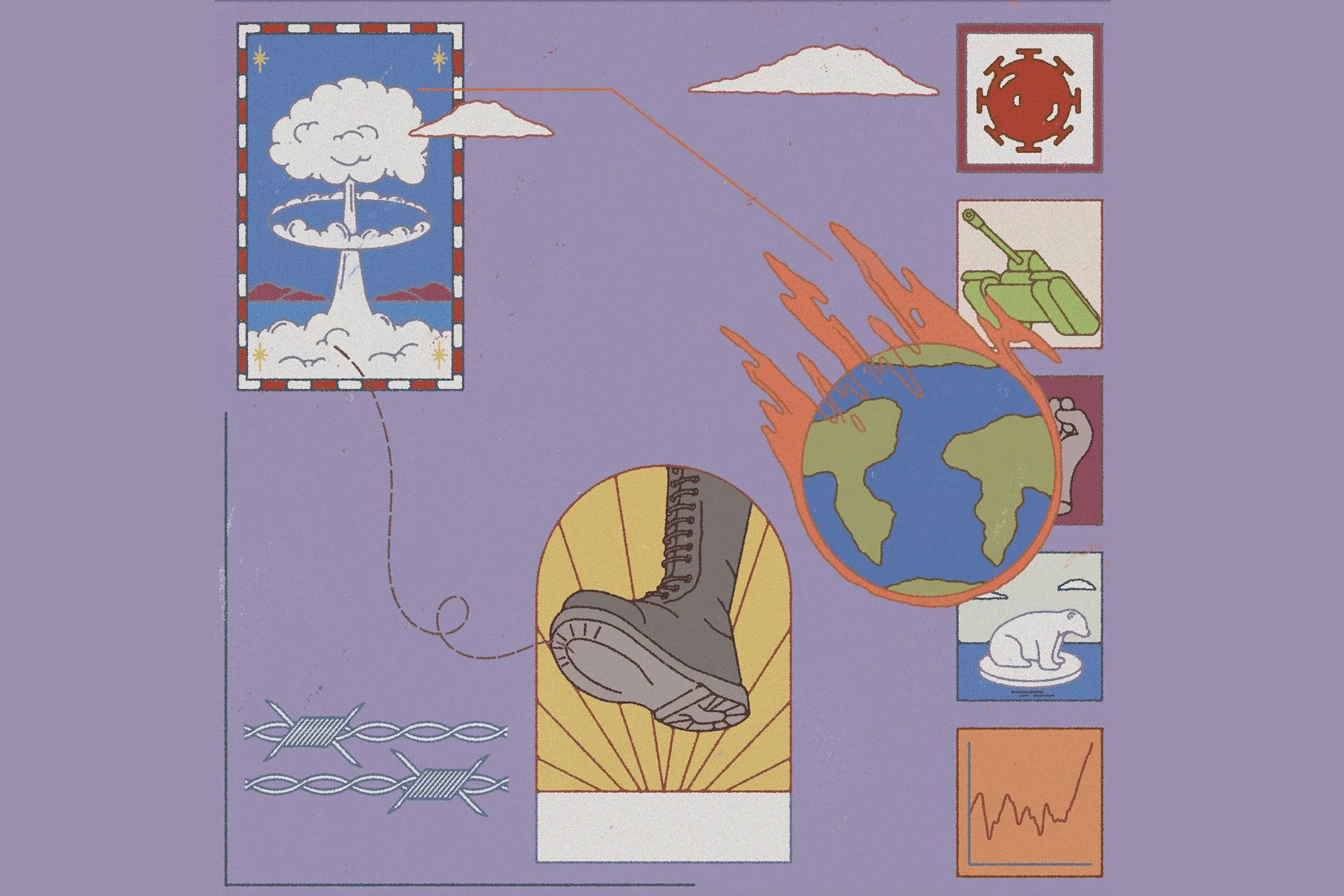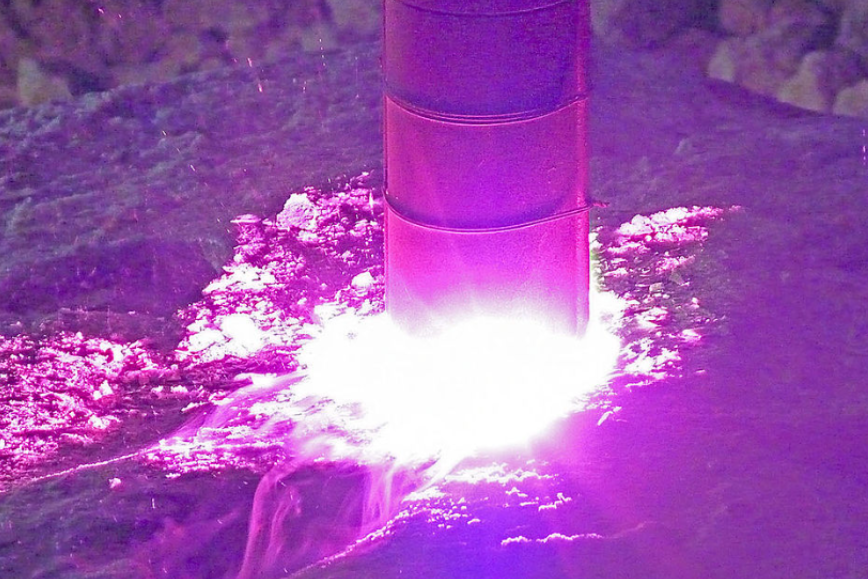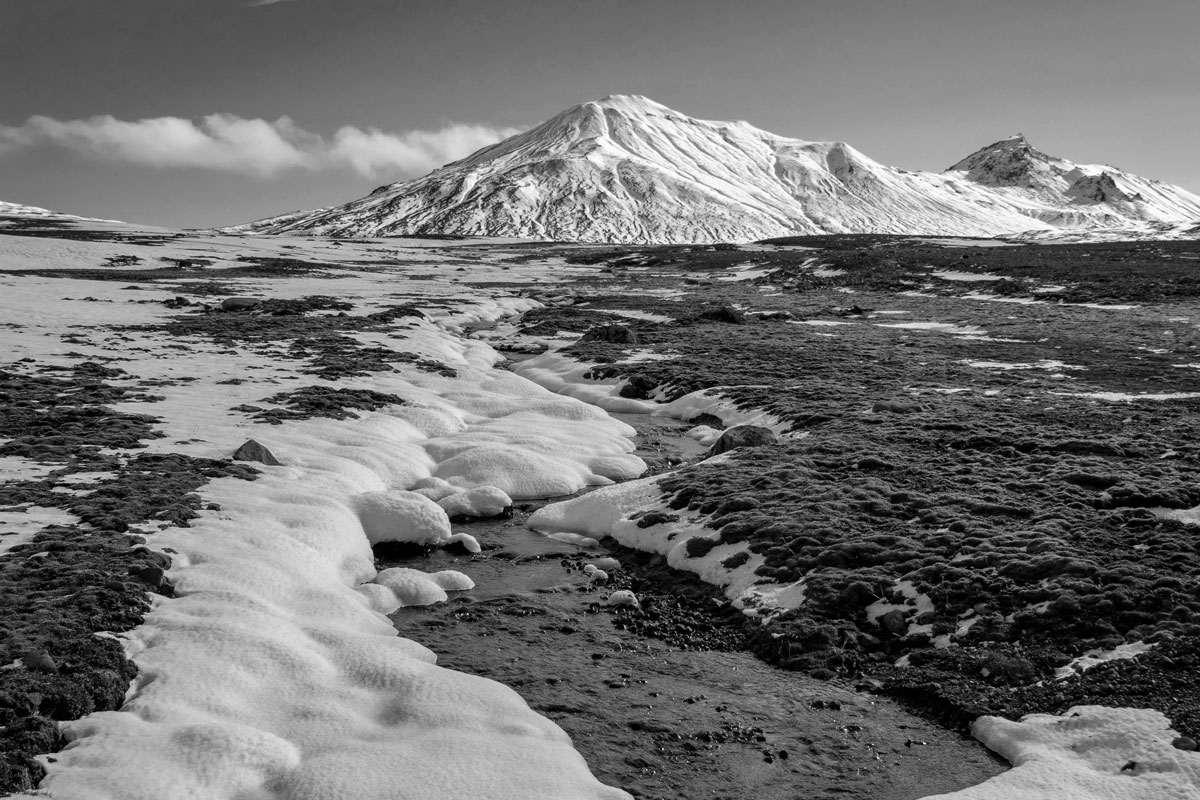by Thomas Homer-Dixon
Had enough of winter yet?
By February, Canadians’ love of fresh snow and winter sports has given way to annoyance, as we shovel our driveways for the umpteenth time. This winter, we’ve had some particularly nasty weather. But far colder and much nastier winters could be in store for us, especially for eastern Canadians and perhaps very soon. The culprit, weirdly enough, could be global warming.
Most of us assume that as levels of greenhouse gases, like carbon dioxide, rise in Earth’s atmosphere, we’ll experience a steady, incremental increase in global temperatures. Warming and climate change should happen slowly, and we’ll be able to adjust reasonably well.
But life isn’t so simple, at least not when we’re dealing with complex systems like Earth’s climate. Many scientists now believe that the planet’s ocean-atmospheric system can operate in several relatively stable states. This means that climate change caused by global warming won’t always occur incrementally. Instead, some of it will happen in sharp jumps as Earth’s interlinked flows of air and ocean water shift—all together—to a new pattern of behavior. Ice-core records from Greenland and elsewhere going back more than one hundred thousand years show that the planet’s climate has often reorganized itself in periods as short as three or four decades, with regional temperature changes of 8 degrees Celsius or more in as little as a few years. Once the climate has reorganized itself, the new patterns can persist for centuries, even millennia.
Some people dismiss this as the stuff of science fiction, but it’s not. Sharp, nonlinear change of the global climate could pose the greatest environmental challenge to our species in the last 10,000 years. And we may be far closer to such a threshold than we dare admit. Scientists are particularly concerned about the possibility of a sudden shift in the Atlantic Ocean’s currents—a shift that could, paradoxically, make many of us much colder.
The story goes like this. In the Atlantic’s tropical regions, heat from the sun rapidly evaporates the ocean’s water; because the evaporated water is fresh, the seawater left behind becomes saltier. Some of this relatively salty water then flows northward in the Gulf Stream. This mighty current, which is about seventy-five times larger than the Amazon River, contains immense amounts of heat; and when it reaches the North Atlantic, it releases some of its heat into the atmosphere—famously warming eastern North America and Northern Europe in the process. The cooled tropical water, being salty and so relatively dense, then sinks into the depths of the ocean and flows back towards the tropics, eventually winding its way to the South Atlantic.
Ocean scientists have discovered that the North Atlantic is one of only two places on Earth where large quantities of water descend from the ocean’s surface to its depths (the other is near Antarctica). They’ve also learned that the process is a key element of a planet-wide flow of water—often called the Great Ocean Conveyor—that snakes from the Atlantic through the Indian Ocean and into the Pacific Ocean. The Conveyor plays a vital role in moving the sun’s heat energy around Earth.
But the whole phenomenon depends upon vast quantities of water sinking in the North Atlantic, and whether this happens depends in part on the water’s salinity. So it seems that the relatively balmy climates of eastern North America and Northern Europe—and more generally the movement of the sun’s heat around Earth—are highly sensitive to the balance of fresh and salty water in the North Atlantic.
Global warming could upset this balance. A warmer atmosphere boosts precipitation of rain or snow over the North Atlantic and adjacent lands and oceans, like the Arctic Basin. Global warming is also rapidly melting the region’s glaciers and ice sheets, including those covering Greenland. As all this fresh water flows into the North Atlantic, it makes the water arriving in the Gulf Stream from the south less salty and less likely to sink.
Recently, researchers discovered that there has been a major freshening of North Atlantic water over the last forty years—a trend that accelerated in the last decade and that has been called the “largest and most dramatic oceanic change ever measured in the era of modern instruments. “There has also been a 20 percent decline in the amount of deep water flowing southward through a crucial, kilometer-deep channel between the Faroe and Shetland Islands.
These signals suggest we may be on the brink of disrupting the Gulf Stream. “We are squeezing a trigger in the North Atlantic,” says Robert Gagosian, President and Director of Woods Hole Oceanographic Institution in Massachusetts. Computer models show, he notes, that a total failure of the Gulf Stream would cool the North Atlantic region 3 to 5 degrees Celsius—about half the difference between today’s temperature and that of the coldest period of the last ice age.
A cooling of this amount would produce winters in eastern North America far more extreme than the one we’ve experienced this year. Shipping lanes, rivers, and harbors would freeze far earlier; crops would fail; and our energy use would soar. Northern Europe would be as frigid as Siberia and probably unable to feed itself. Moreover, the effects could extend far beyond the North Atlantic: when the Conveyor has shut down in the past, droughts have occurred around the planet. A recent Pentagon report argues that even a mid-range disruption of the Conveyor could generate mass migrations and interstate and civil war across Europe, Asia, and Latin America.
So here’s the paradox: while Earth is, on the whole, getting hotter—very quickly so by historical standards— some large regions could become much colder, because of radical shifts in the way heat circulates around the planet. “These changes could happen within a decade,” Gagosian warns, “and they could persist for hundreds of years. You could see the changes in your lifetime, and your grandchildren’s grandchildren will still be confronting them.”
Yet, as ever, uncertainty intervenes: the interactions of ocean and atmosphere are so complex that it’s impossible to know exactly when or how something like this might occur. Terry Joyce, another leading Woods Hole scientists, acknowledges the difficulty: “I’m in the dark,” he says, as to how close we are to a new climate regime. “But I know which way we are walking. We are walking toward the cliff.”






